Creative Midlands Heritage |
| Posted: 29 Nov 2012 03:46 AM PST Took my lad here a couple of weeks ago... Quote: Welcome to one of the nations most secret defence sites. Hack Green has played a central role in the defence of Britain for almost sixty years. As you approach Hack Green over the picturesque farmland and rolling Cheshire countryside, it's hard to imagine a more peaceful location, but it was not always like this! Over 50 years ago the freedom you now enjoy was in peril, World War II was being lost and Britain was struggling for its very survival. In the Air Ministry in bomb-blitzed London officials were looking for sites to locate the new Radio Detection and Direction Finding (RDF) equipment or radar as it came to be known. A chain of radar stations were already strung out along the eastern and southern coasts to face the enemy bombers and fighters threatening Britain. This system was known as 'Chain Home' and was supplemented at the outbreak of war by the 'Chain Home Low' system which was able to detect enemy aircraft flying at low altitude. Radar was in its early days of development and had difficulty in detecting hostile aircraft. In late 1940 a further system of radar installations known as 'Ground Controlled Intercept Stations' were developed. In 1941 Hack Green, a site previously used as a bombing decoy site for the main railway centre at Crewe was chosen to become RAF Hack Green, to protect the land between Birmingham and Liverpool from hostile attack. Thus began the service of Hack Green and the airmen and women of Cheshire in the defence of the nation. Hack Green was one of 21 fixed radar stations in the country and one of only 12 fully equipped with searchlights and fighter aircraft control. In one of the cabinets in the museum you can see some of the original communications equipment used by Searchlight Command.  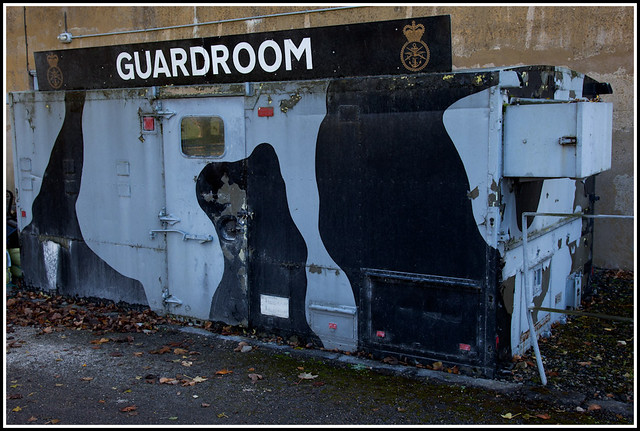 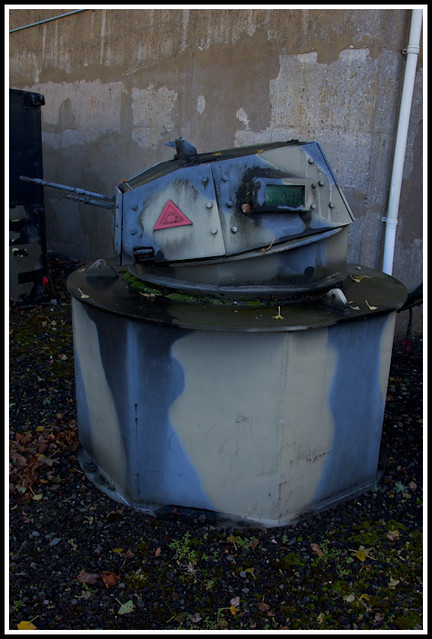 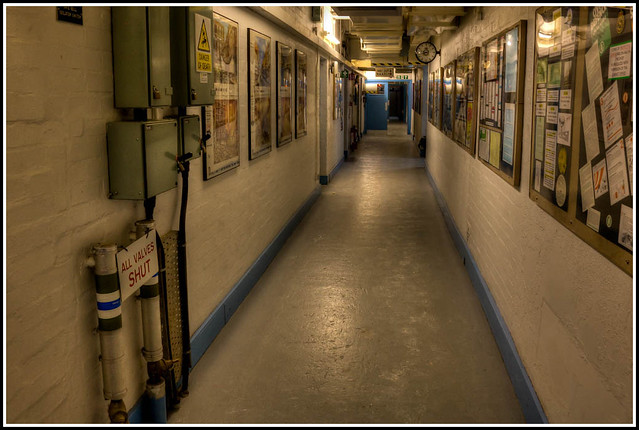 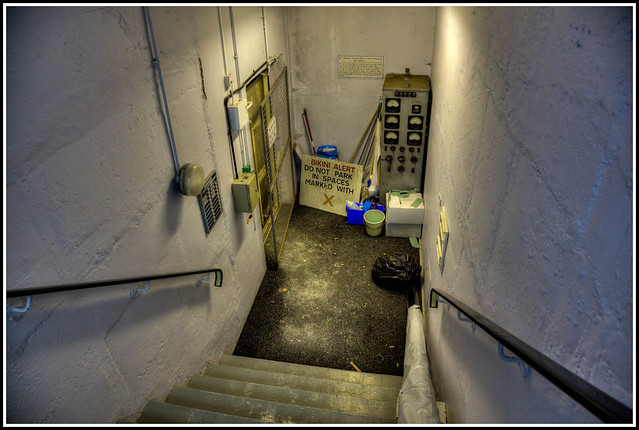 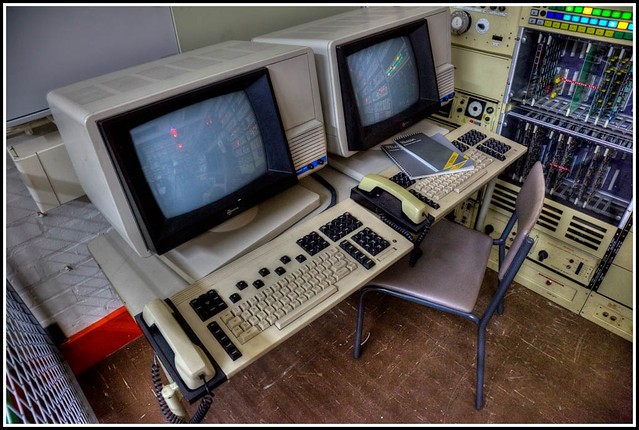 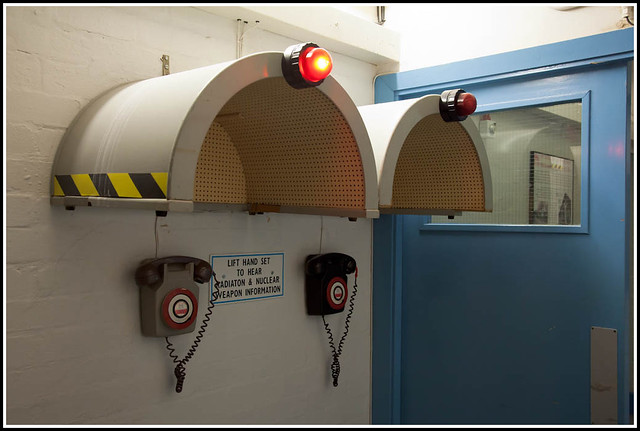   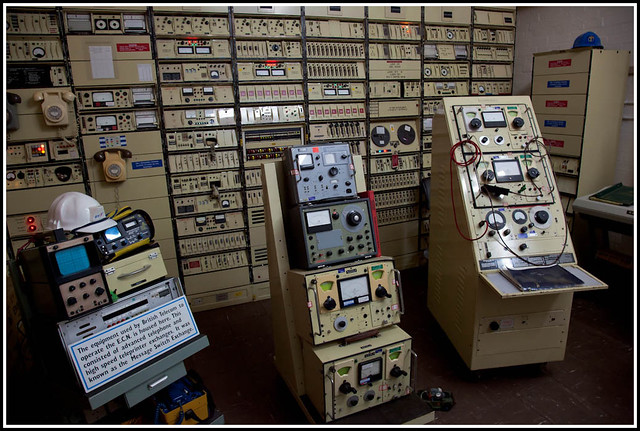   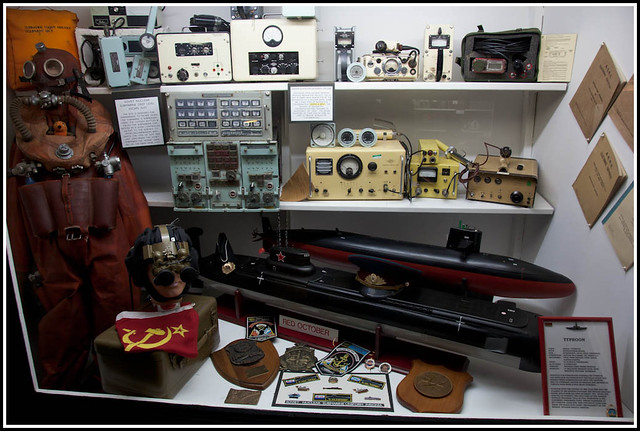 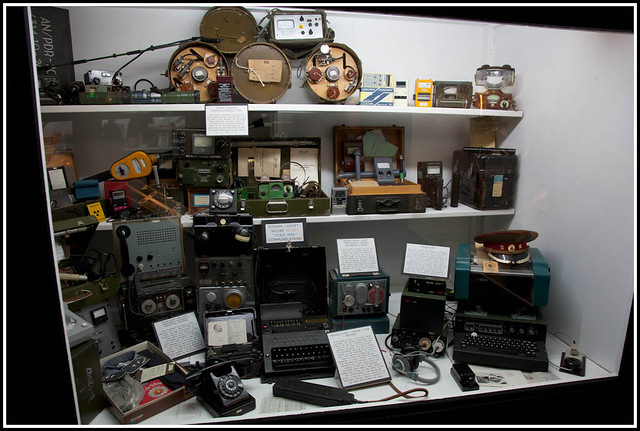 some slightly disturbing mannequins... 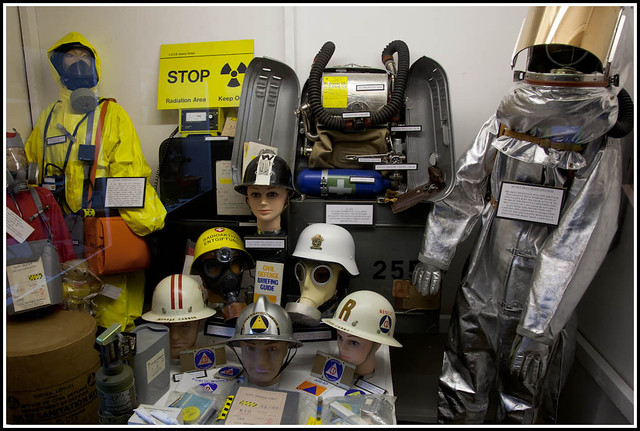 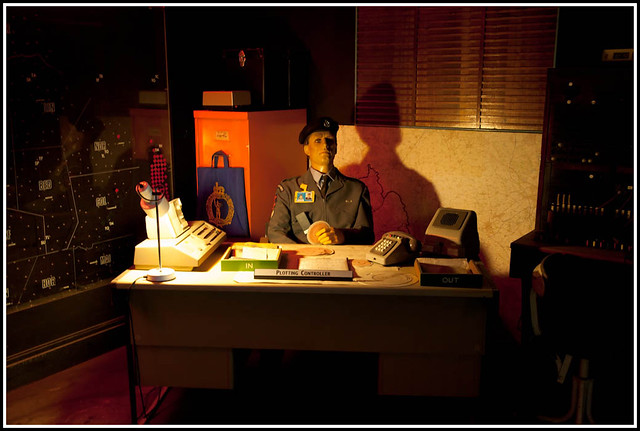 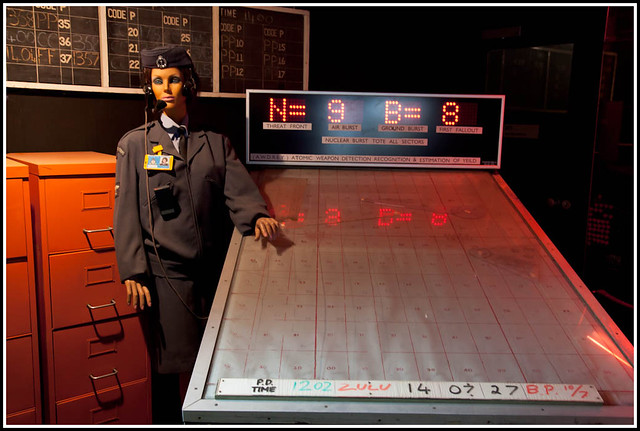 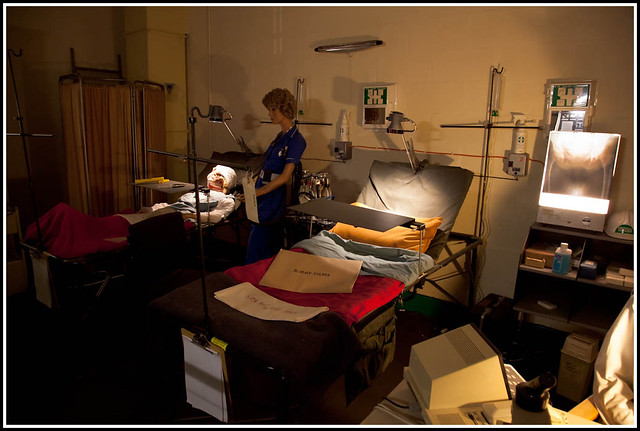 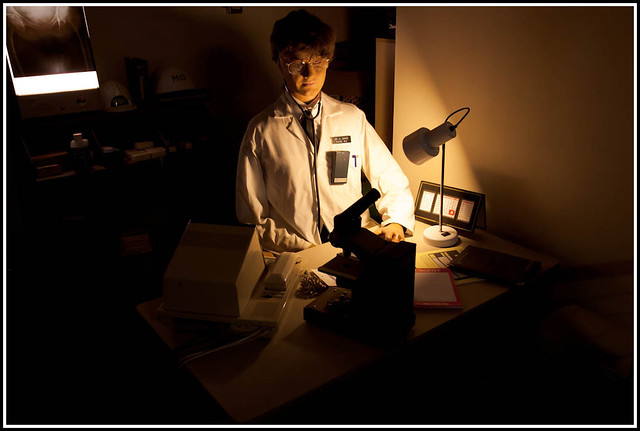 decontamination area.. 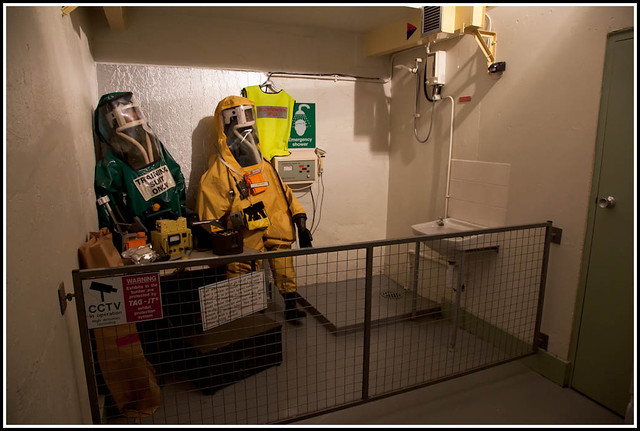 this stairwell was, apparently, where people who couldn't take it anymore threw themselves off.... so it was painted yellow to represent sunshine and look more cheerful... 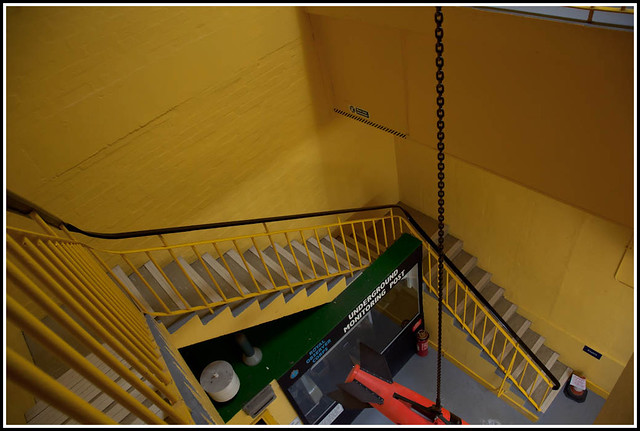 :) |
| You are subscribed to email updates from Creative Midlands Heritage To stop receiving these emails, you may unsubscribe now. | Email delivery powered by Google |
| Google Inc., 20 West Kinzie, Chicago IL USA 60610 | |

No comments:
Post a Comment
Note: only a member of this blog may post a comment.